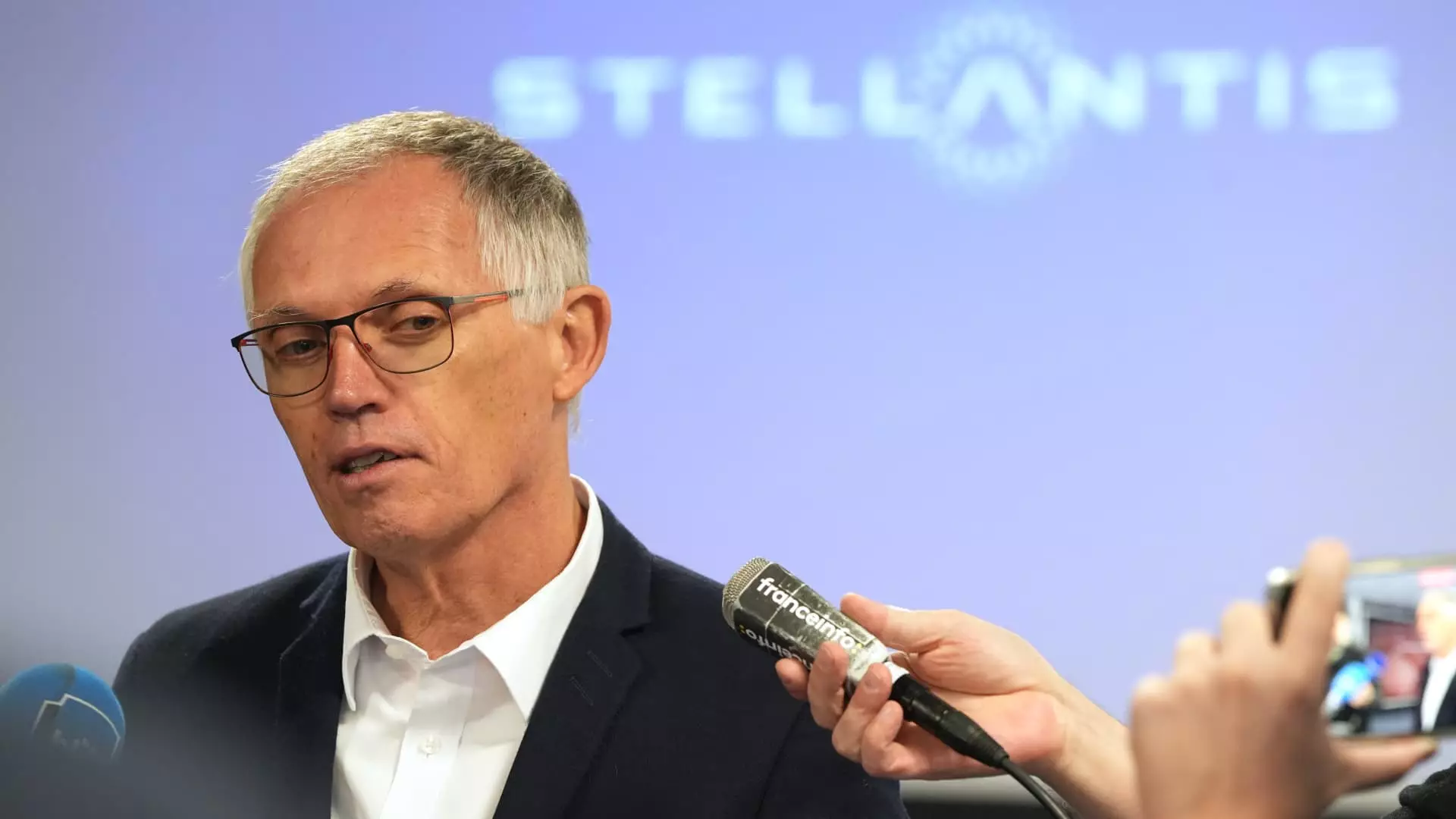In recent months, the tension between Stellantis, the American division of the trans-Atlantic automaker, and the United Auto Workers (UAW) has escalated into a turbulent legal struggle. The company has initiated a lawsuit against the UAW, targeting both the international leadership and a local chapter in California. This contentious development responds to a strike authorization vote at Stellantis’ Parts Distribution Center located in Los Angeles, raising significant questions about labor rights, contractual obligations, and the future of union negotiations in the automotive sector.
At the heart of this dispute lies broader implications of labor relations in an industry navigating a rapidly changing landscape. Stellantis accuses the union of violating contract terms, ultimately leading to what they characterize as “lost production” and resulting financial damages. This legal action is formulated as a preventative measure, aiming to distinguish genuine contractual obligations from what the automaker claims are unlawful tactics employed by the union.
The lawsuit, filed in the U.S. District Court for the Central District of California, is predicated on the argument that the UAW has breached contractual agreements established in the prior year’s discussions. Stellantis claims that these breaches warrant not only a cessation of unlawful strike actions but also monetary compensation for damages incurred from reduced production levels. This legal approach sheds light on the contentious interpretation of labor contracts and exposes the intricacies of the agreement’s language—particularly the stipulations allowing Stellantis to alter operations based on operational contingencies such as market conditions.
Stellantis cites “Letter 311,” a document detailing anticipated future investments, as a critical element of their argument. The letter stipulates that these investments are conditional and subject to approval, an assertion that the UAW disputes, claiming that Stellantis has failed to honor its commitments. The contrasting perspectives underscore a dilemma frequently evident in labor negotiations: the delicate balance between corporate interests and labor rights.
UAW President Shawn Fain has openly derided Stellantis’ lawsuit, characterizing it as a manifestation of executive desperation. He contends that the automaker’s legal maneuvers serve primarily to intimidate union leaders and stifle essential discussions regarding workers’ rights and protections. Fain emphasizes that the union remains steadfast in its commitment to strike if negotiations falter, asserting that such legal threats will not deter them from defending the rights of their members.
This conflict amplifies the existing grievances lodged against Stellantis, which include accusations of production cuts, layoffs, and deferred investments that were promised under the contractual framework. The union perceives these actions as violations of trust and contractual fidelity, raising tensions that could culminate in collective action from UAW members.
The Stellantis-UAW lawsuit has profound implications that extend beyond the immediate parties involved. It symbolizes a critical moment in labor relations, particularly in sectors experiencing rapid technological and economic transitions. The automotive industry is currently dealing with the dual pressures of evolving consumer demands and the push for sustainable practices, all while navigating complex worker dynamics.
A strike, as suggested by union leadership, could have significant repercussions not just for Stellantis but the industry at large. The potential for widespread work stoppages raises concerns regarding the supply chain, production costs, and ultimately, company profitability. The balance between labor rights and corporate flexibility seems more volatile than ever and could serve as a bellwether for similar disputes across various industries in the United States.
The ongoing legal battle between Stellantis and the UAW captures a pivotal moment in labor relations. As both sides grapple with their respective positions, the outcome of this lawsuit may redefine the landscape of labor rights within the automotive industry. The court’s decision could set a precedent for how contractual obligations between labor unions and corporations are interpreted and enforced, influencing future negotiations and employee relations nationwide.
As the economic climate continues to evolve, so too will the frameworks through which labor disputes are managed. For now, Stellantis and the UAW stand at a crossroads, with implications not only for the immediate parties involved but for the future of labor relations in an increasingly contested economic environment.

